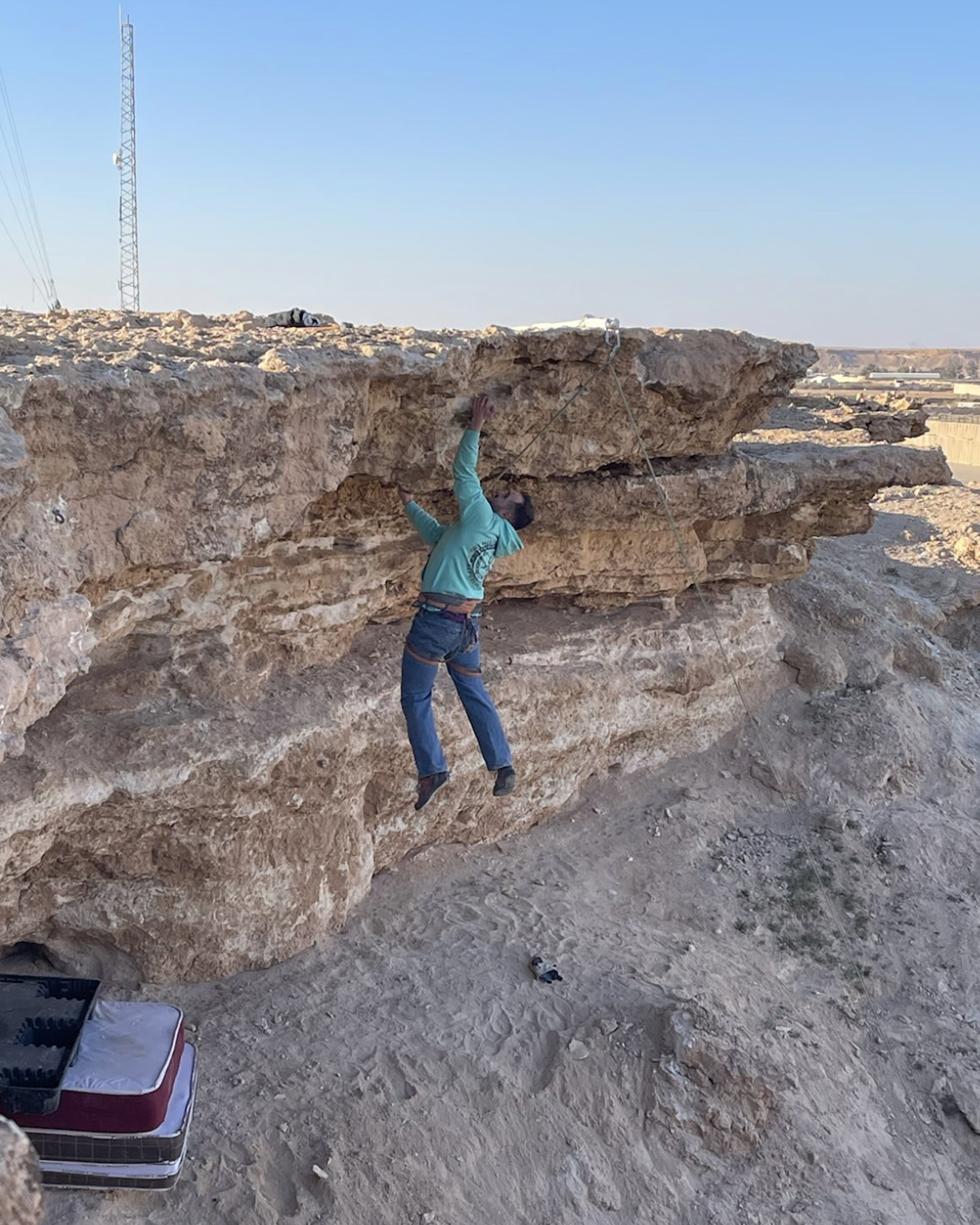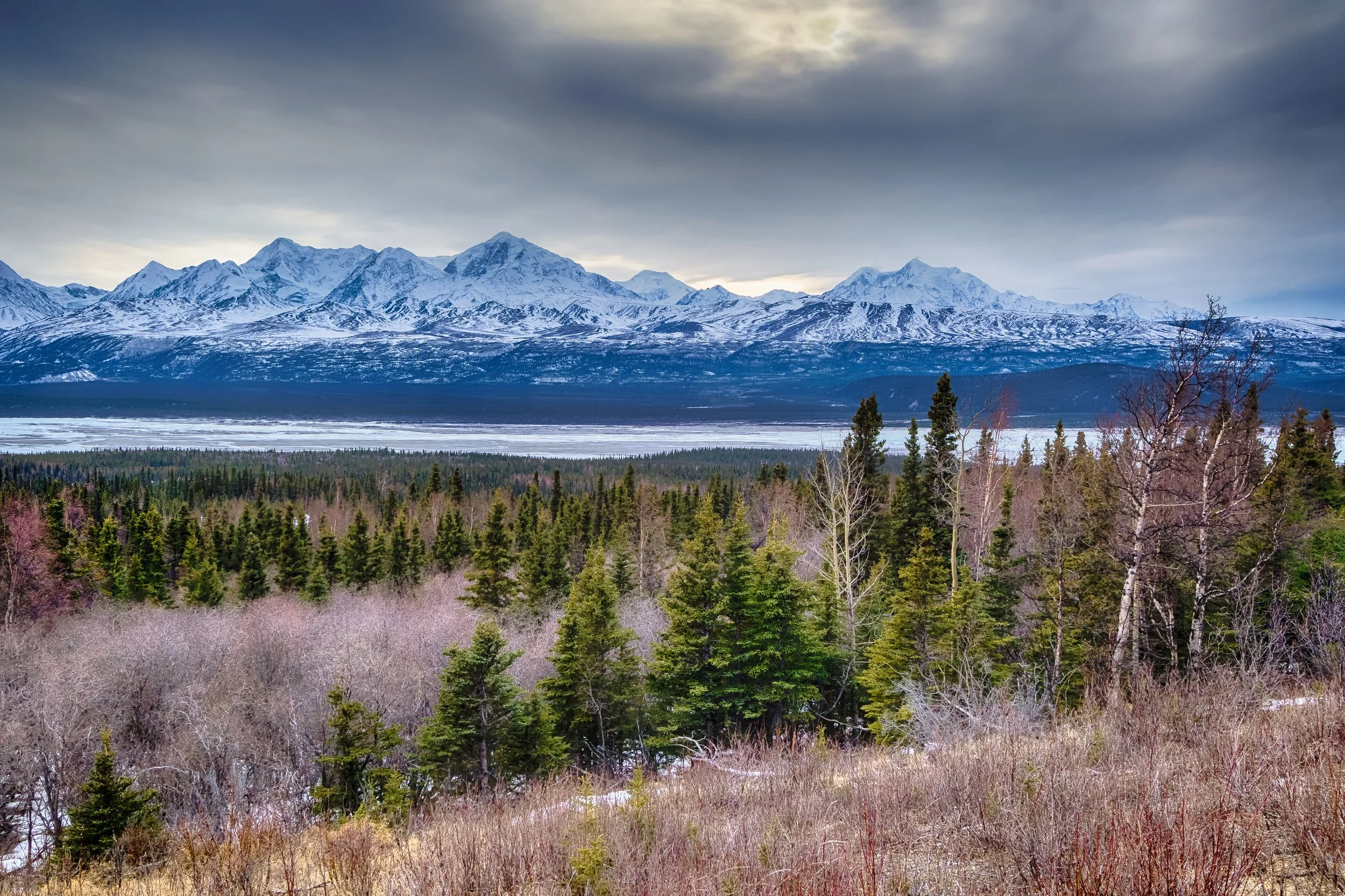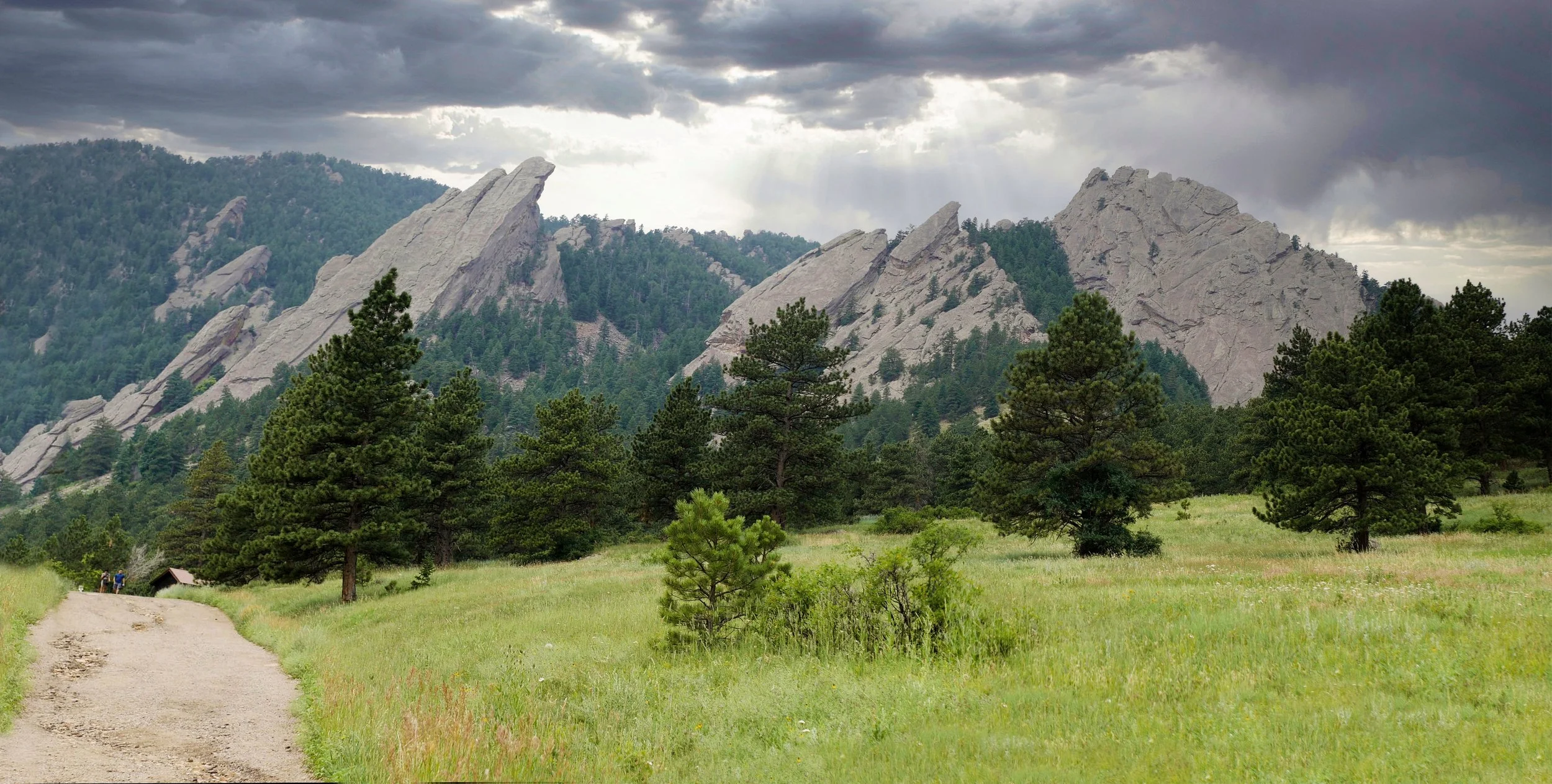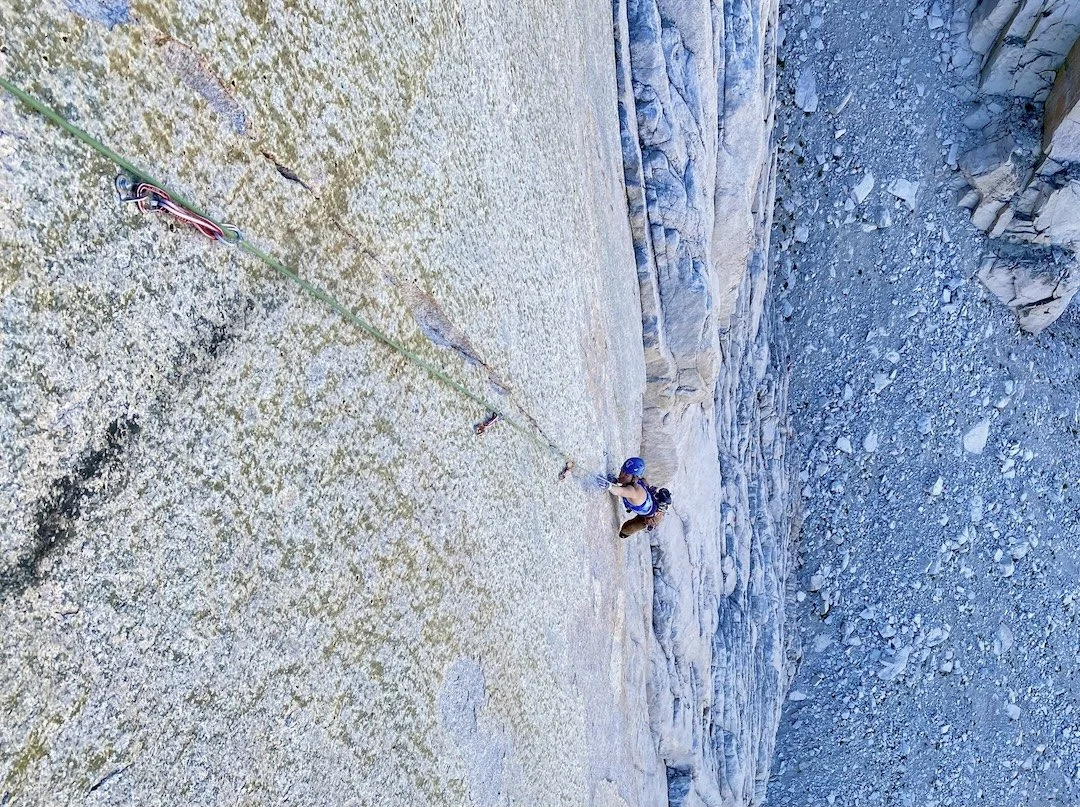PC: Joseph Stuart
Joseph Stuart received a 2023 Live Your Dream grant from the American Alpine Club to help start a mountaineering club and develop a crag while deployed in Iraq.
*This article was originally published in the Blah, Blah, Black Sheep newsletter and is lightly edited for clarity.
How have the 250th FRSD (Forward Resuscitative Surgical Detachment), who call themselves the "Blacksheep," been spending their downtime in Iraq, you might ask? We started a mountaineering club! It all began when our fearless orthopedic surgeon and climbing extraordinaire, MAJ Griff Biedron, discovered a uniquely shaped rock crag formation about two miles away from our living quarters. It's located in an infrequently trafficked corner of the base, just off the road. The rock face is about 90 feet wide and 25 feet tall, with steep overhanging sections. The crag is sandwiched between sloping hills, so it is easy to hike or scramble to the top if approaching from the side. On top of the ridge, MAJ Biedron discovered some massive boulders and imagined the mountaineering possibilities. He quickly requested that his family back home ship his modest collection of climbing gear including climbing shoes, ropes, carabiners, and harnesses. When the gear arrived, MAJ Biedron started training his teammates to climb cracks between T-walls to familiarize themselves with the equipment and belay techniques.
Pc: Joseph Stuart
The Club was officially founded when MAJ Biedron and co-founders CPT Armstrong (veterinarian), SGT Johnson (medic), and 1LT McCarthy (ER nurse) returned to the crag for their first outing. SGT Stewart (preventive medicine tech) joined shortly after and became the Club's deputy. We anchored ratchet straps around boulders at the top of the ridge to serve as a static rope. Then, we harnessed up and sunk our full body weight into the rope to test the holding capacity of the boulders, and the static line was solid to a fault. Next, we tested the hand/footholds on the rock face and discovered that "rock" is a generous way to describe this formation—maybe siltstone is more accurate, like a ragged chunk of sedimentary silt and clay. Many seemingly solid holds broke right off in our hands. Climbers who wore T-shirts or shorts quickly regretted their attire as the jagged surface repeatedly abraded their exposed skin. Nonetheless, the climbers put up several routes on their first excursion and were motivated to keep climbing!
During the early days of the AAAB Mountaineering Club, the crag was laden with trash and debris. We made quick haste of the mess by organizing a work party. In one day, our crew picked up 50 pounds of trash. Since then, we have made numerous improvements to the site. We carved out a trail leading from the base of the crag to the top of the ridge and installed some flat rocks as steps. We dug a fire pit and lined it artfully with rocks. We positioned larger boulders around the fire pit for resting and spectating. We installed several bolts in the rock to practice lead climbing. We scrupulously cleaned and dusted the rock face so climbers don't get peppered with dirt as they ascend.
We have since dubbed the rock "Canine Crag" because the area is close to a dog den, and we often see Iraqi dogs passing by, traveling in packs of six. In addition to naming the crag, we have also named all eight of our routes. In the tradition of mountaineering, the person who is the first to "on-site," the route gets to name it. The names and naming members are as follows:
PC: Joseph Stuart
Pelvic Binder - Karen McGrane
Northeast Face - Griff Biedron
Bridget Midget - Ryan Johnson
Dog Leg - Gordon Armstrong
Bird Sh## Traverse - Joseph Stewart
Allagash White - Brandon Barnes
GH - Griff Biedron
Rabid Otter Ridge - Karen McGrane
Our club quickly gained popularity through word of mouth and a flyer posted at the gym. Now, our club has garnered a base-wide following! Member participation ebbs and flows, but right now, we have 27 members in the active club and 23 members in our fan club. In addition to climbing on the weekends, we host weekly movie nights on Fridays, where we watch a climbing movie. So far, we have watched Free Solo, The Alpinist, Touching the Void, and The Dawn Wall, among others. We have many goals to keep growing and improving!
We received the American Alpine Club Live Your Dream Grant. With this grant funding, we hope to purchase more equipment to develop sport lead climbing and install better top roping anchors. We hope to provide a safe and supportive environment for other soldiers to learn the art of climbing and route establishment.
An Excerpt From a Subsequent Newsletter That Provides a Further Update on this Club's Climbing Activities:
PC: Joseph Stuart
The AAAB Mountaineering Club has grown in terms of membership and scope of activities. Currently, there are 51 members in the active club and 28 members in the fan club. We advanced from climbing the siltstone rock formation we call "Canine Crag" to climbing a vertical sedimental wall with ice axes. This crazy idea was the brainchild of MAJ Biedron, an avid ice climber, who figured he could keep his ice-climbing skills sharp by training on the tall sediment walls in Iraq.
Unfortunately, MAJ Biedron already departed Iraq by this time, but MAJ Armstrong and SGT Neiffer spearheaded the creation of an ice axe climbing route on a 50-foot-tall sediment wall.
For members who had never climbed with ice axes before (most of us), picking up the skill was pretty simple compared to rock climbing. Actually, it was a lot more approachable because although it required some technical skills and endurance, it involved much less strength than negotiating the overhanging cliffs at the rock crag.
The first few climbers that ascended the route used the adze of the axe (the butt end) to chip out some good foot holds, so it became easier and easier for all the subsequent climbers. Despite the sturdy foot holds and the wall's gentle downward slope, climbers still got to feel the wrist burn that quickly ensued from clinging onto the axe shafts, with the weight of their body suspended on its narrow picks. Climbers ascended slowly and methodically, tapping their picks into the sediment wall until they found secure cracks in the rock. When climbers finally reached the top, they dangled the ice axes from their harnesses and relaxed into the rope as the belayer lowered them 50 feet to the ground. It was an exhilarating experience, for sure!












